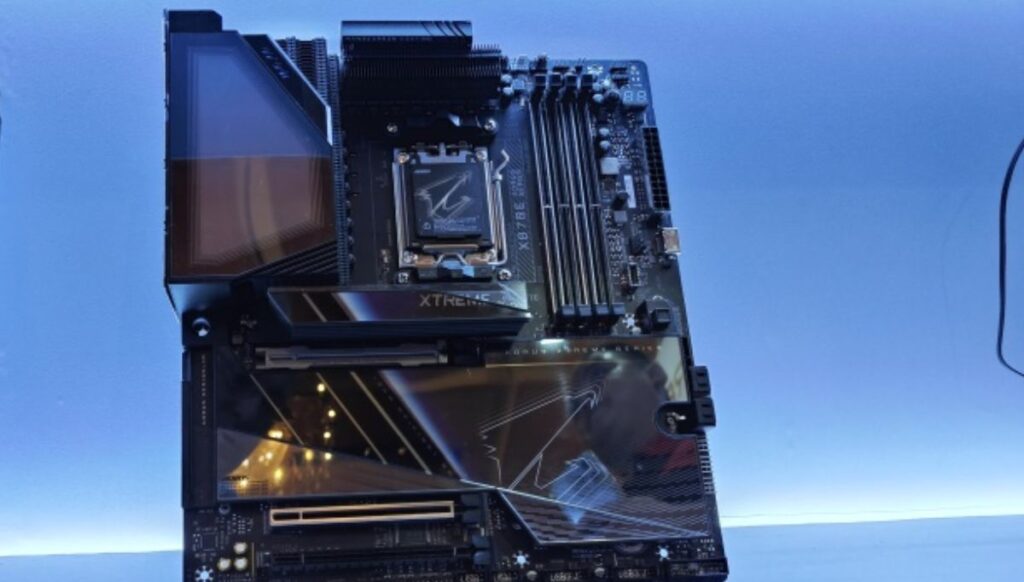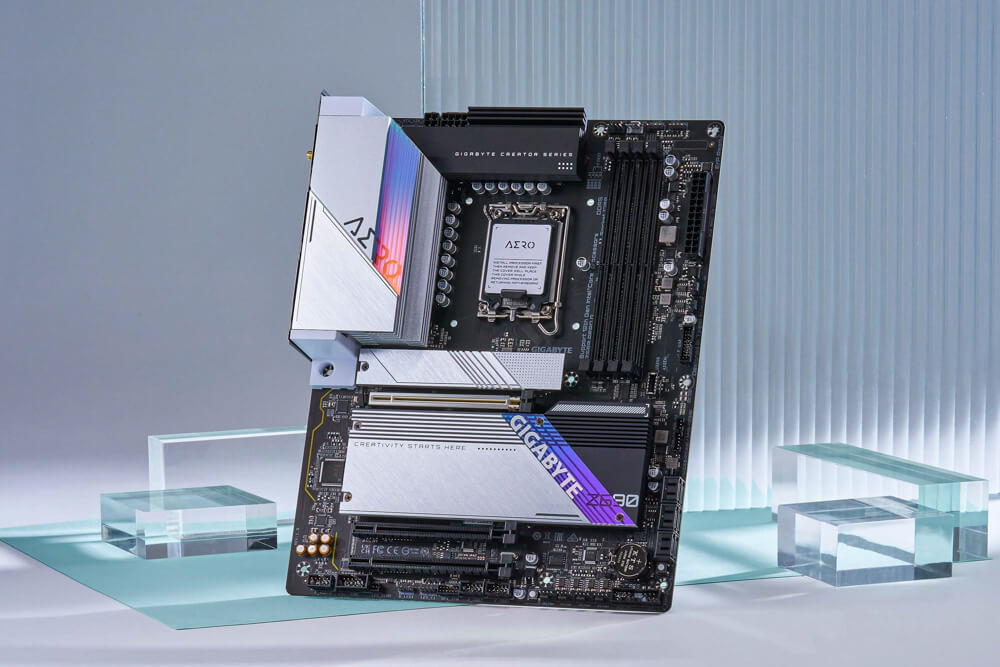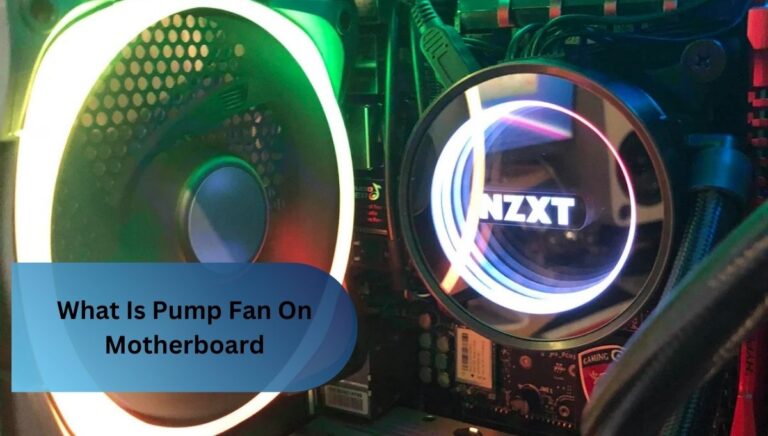What Is The Difference Between The Series On Gigabyte Motherboards – Complete Guide!
Building my first gaming PC, I was unsure about the Gigabyte motherboard series. After research, I went with the AORUS series for its performance, cooling, and overclocking support. For my office setup, I chose the reliable and budget-friendly G Series, proving Gigabyte suits every need.
Gigabyte motherboards are categorized into series like AORUS, G, UD, and Designare, each targeting specific needs. AORUS offers high-performance features for gamers and enthusiasts, while G is for budget-conscious users. UD focuses on durability, and Designare targets content creators with advanced connectivity and high performance.
In this article, we will talk about the differences between the various Gigabyte motherboard series. We’ll explore their unique features, target audiences, and help you choose the best one based on your needs, whether you’re a gamer, content creator, or looking for a reliable budget option.
Gigabyte Motherboard Series Differences?
Gigabyte motherboard series differ primarily based on target market, performance capabilities, and feature sets, with higher-tier series like AORUS offering advanced features such as enhanced cooling solutions, overclocking support, and robust power delivery, ideal for gamers and enthusiasts. In contrast, more budget-friendly series like G and UD prioritize affordability, focusing on stable, everyday performance while sacrificing some premium features. Additionally, series like Designare and AERO target content creators with high-performance connectivity options and optimized systems for creative workflows.
1. Key Differences Between Gigabyte Motherboard Series:
- AORUS: A premium gaming line with high-end components, extensive overclocking options, and aggressive aesthetics for gamers and enthusiasts.
- G Series: Budget-friendly, ideal for general home or office use, offering basic functionality.
- UD Series: Designed for users seeking durability and reliability, providing stable performance for long-term use.
- Designare & AERO: Tailored for content creators, offering advanced connectivity, multi-GPU support, and optimized configurations for high-performance tasks like video editing and 3D rendering.
2. Factors To Consider When Choosing A Gigabyte Motherboard Series:

- Budget: AORUS series is the most expensive, followed by Designare and AERO, with G and UD series being more affordable.
- Performance Needs: For extreme gaming and overclocking, AORUS is ideal. For everyday use or moderate gaming, G or UD may be sufficient.
- Chipset Compatibility: Ensure the motherboard series is compatible with your desired CPU and necessary features.
Key Differences Between Gigabyte Motherboard Series
The key differences between Gigabyte motherboard series stem primarily from their intended user base, performance capabilities, and feature sets. These distinctions play a crucial role in guiding consumers toward the most suitable product based on their specific needs and preferences.
1. AORUS Series:
The AORUS series is designed for high-performance users, particularly gamers and enthusiasts. These motherboards are equipped with advanced features such as superior overclocking support, enhanced cooling solutions, and robust power delivery. They also support multi-GPU configurations, PCIe 5.0, and Wi-Fi 6, positioning them as premium options for those seeking top-tier gaming experiences and system flexibility.
2. G Series:
In contrast, the G Series caters to general home and office users who require a cost-effective solution. These motherboards prioritize reliability and stability over extreme performance, offering essential connectivity and basic functionality for everyday tasks like web browsing, multimedia consumption, and productivity work. The G Series is an ideal choice for users looking for a budget-friendly, no-frills solution.
3. UD (Ultra Durable) Series:
The UD series emphasizes durability and long-term reliability, making it a suitable option for users who prioritize stability over performance. Key features include reinforced PCIe slots, high-quality capacitors, and enhanced cooling systems. These motherboards are well-suited for applications that require continuous usage, such as business environments or long-term home computing setups.
4. Designare Series:
The Designare series targets professional content creators and users who require high-performance systems for demanding tasks such as video editing, 3D rendering, and graphic design. Notable features include support for Thunderbolt connectivity, high-speed PCIe slots, and expanded memory capacity, providing the necessary tools for resource-intensive workflows.
5. AERO Series:

Similar to the Designare series, the AERO series is designed for creative professionals, particularly those working in areas such as design, development, and content creation. These motherboards provide optimized cooling systems, superior networking capabilities, and extensive memory support, making them ideal for users who need a stable platform for sustained high-performance tasks.
6. Gaming Series:
Finally, the Gaming series offers an entry-level solution for budget-conscious gamers. These motherboards include essential gaming features such as reliable power delivery, basic overclocking support, and sufficient cooling solutions. While they do not provide the advanced features of the AORUS series, they offer a good balance of performance and affordability for mid-range gaming setups.
What Is Gigabytes Best Motherboard?
The “best” Gigabyte motherboard depends on individual needs. For high-performance gaming and overclocking, the AORUS series is highly regarded due to its advanced power delivery, cooling solutions, and multi-GPU support.
For content creators, the Designare series offers excellent features for tasks like video editing and 3D rendering, including Thunderbolt support and high-speed storage. Ultimately, the best motherboard varies based on the user’s specific requirements, whether for gaming, professional work, or general use.
FAQ’s
1. What’s The Difference Between These Two Gigabyte Motherboards?
The primary difference between these two Gigabyte motherboards lies in their target functionality and performance features. One may be designed for general use with essential features for everyday computing, while the other could offer advanced capabilities like overclocking support, superior cooling solutions, and higher-end connectivity for gaming or professional workloads.
2. What’s The Difference Between The G Series And The Ud Series?
The G Series is designed for general home and office use, offering basic features at a more affordable price, whereas the UD (Ultra Durable) Series focuses on enhanced durability and stability, featuring reinforced components and improved cooling for users prioritizing long-term reliability and performance.
3. What Is The Difference Between A Z Series And A B Series Motherboard?
The Z Series motherboards offer advanced features such as overclocking support and greater expandability, making them ideal for high-performance tasks and enthusiasts, while the B Series provides a more cost-effective solution with essential features suitable for general use and moderate performance needs, without the overclocking capabilities.
4. How Do I Find My Motherboard Series?
To find your motherboard series, you can check the model number printed directly on the motherboard itself, typically near the CPU socket, or refer to the system specifications in your device’s BIOS/UEFI settings or use software tools like CPU-Z to identify the exact motherboard model and series.
5. Is The Gaming Series Suitable For High-End Gaming?
The Gaming Series is suitable for mid-range gaming, offering essential features at a budget-friendly price; however, for high-end gaming, a more premium series like the AORUS or X Series would be better suited, as they provide advanced overclocking capabilities, superior cooling, and enhanced power delivery.
Conclusion:
In conclusion, Gigabyte motherboards cater to a diverse range of users with their various series designed for different needs. From the high-performance AORUS series ideal for gamers and enthusiasts to the reliable and budget-friendly G series for everyday tasks, Gigabyte provides options for all.
The UD series ensures durability for long-term use, while the Designare and AERO series are tailored for content creators requiring advanced features for resource-intensive tasks. By understanding the key differences in performance, features, and target markets, users can confidently choose the Gigabyte motherboard that best suits their specific requirements.






